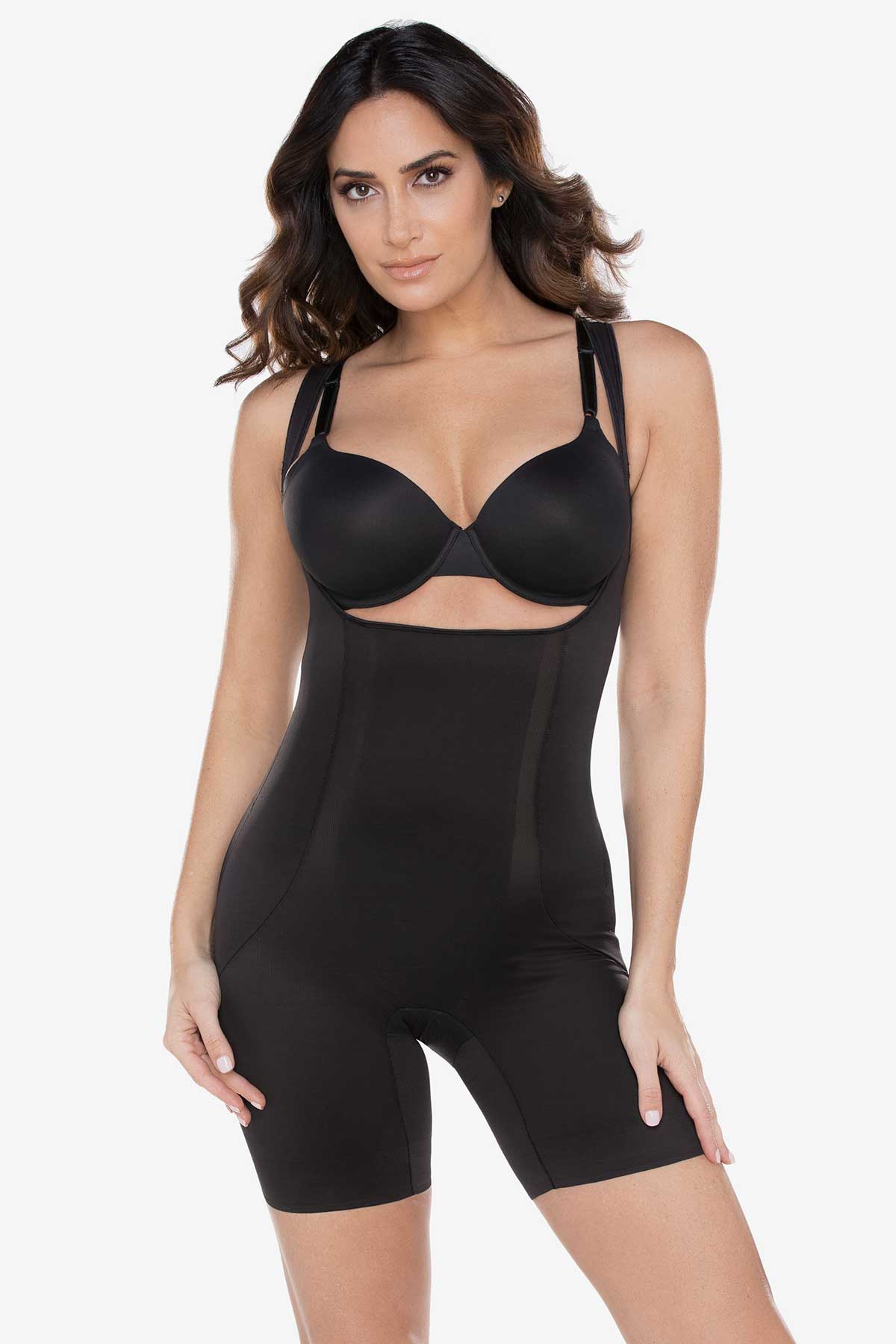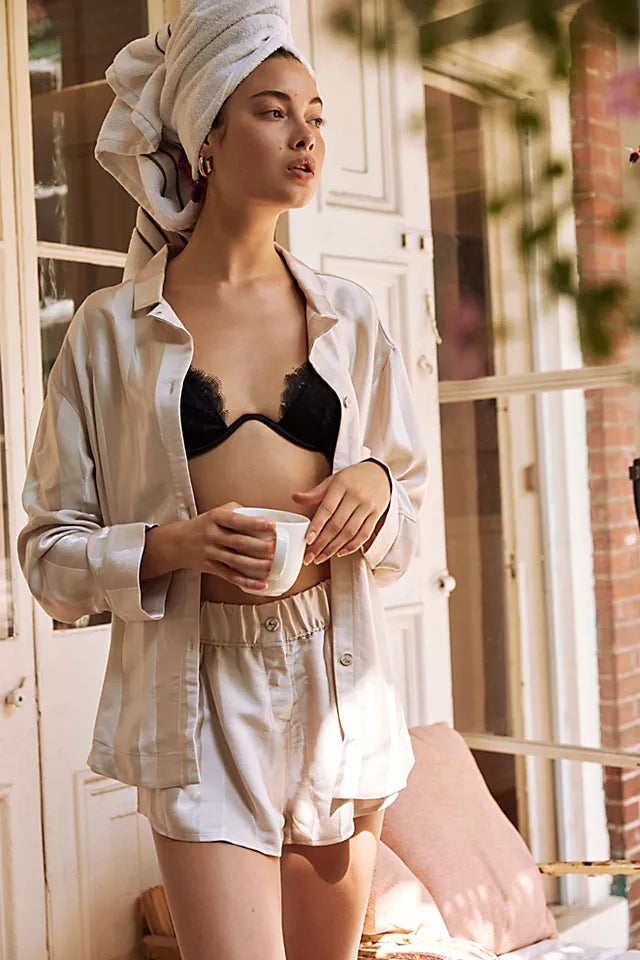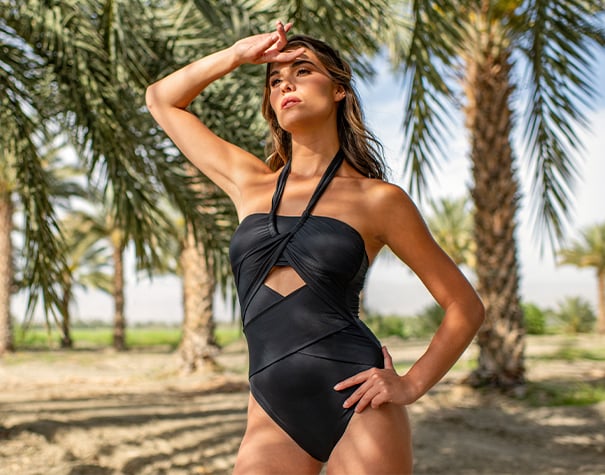Girdle Clothing: The Ultimate Shape Shifting Garment

Girdles the Ultimate Shape Shifting Garment. Girdles, also referred to as body shapers or undergarments, have been used for centuries to shape and support the body, and are a staple in women's clothing. They are popular as knotted gifts, especially when they come in fashionable colors like pink, making them a stylish and thoughtful choice.
Girdles and belts have served both functional and decorative purposes throughout history, often being decorated with elaborate decoration, embroidery, or needlework, and sometimes including pads for additional shaping. Legendary figures, such as the Amazonian queen Hippolyte, were associated with special girdles or belts that symbolized power and status. Today, modern girdles are designed to be invisible or not visible under a dress, discreetly enhancing the silhouette while remaining an essential part of women's fashion. But what exactly are they and how do they work?
Introduction to Shaping Garments
Shaping garments have long been a cornerstone of women’s leg clothing, offering both style and support to help women achieve their desired body shape. From classic girdles and boned corsets to modern shapewear panties, these garments are designed to sculpt the body, smooth the silhouette, and enhance natural curves. Today’s modern shapewear is crafted from advanced fabrics like spandex and lycra, making them more comfortable and flexible than ever before.
Whether you’re looking for a subtle smoothing effect or dramatic shaping, there’s a wide range of shapewear options to suit every need and occasion. These garments are not only worn for special events naturally or under formal attire but have become an everyday essential for most women, providing confidence and support throughout the day. With innovations in design, canvas and fabric technology, shapewear has become an integral part of fashion, helping the wearer feel supported and look their best in any outfit.
History and Evolution
The story of shaping garments stretches back thousands of years, from london to paris, with early girdles and corsets appearing in ancient civilizations as both functional and decorative pieces. In the 16th century, the corset rose to prominence in women’s fashion, using boning and tight lacing to create the coveted sword hourglass waist. As fashion evolved, so did the garments—by the early 20th century, girdles began to replace traditional corsets, offering a more flexible, loose and comfortable way to shape the waist and hips.
The introduction of new fabrics for example like nylon and spandex revolutionized the industry, making high waisted girdles and slimming shapewear more accessible and comfortable for everyday wear. Today, modern shapewear comes in a variety of styles, from body shapers and thigh slimmers to high waisted panties, all designed to provide targeted support and a smooth silhouette. Thanks to advancements in fabric technology and design, shaping garments have become a staple in women’s wardrobes, blending fashion, function, and comfort for the modern wearer.
What are girdles made of?
Girdles are typically made of a combination of materials such as spandex, nylon, and polyester. Many girdles feature hooks, zippers, stockings, matron or buckles as fastening mechanisms, allowing the wearer to fasten the garment securely and adjust for a comfortable fit. Some girdles also have pads attached for extra shaping or comfort.
These materials provide the necessary stretch and compression to shape the body. Tights and pantyhose in ivory are often worn with or as alternatives to girdles, especially in modern indian shapewear collections.
How do girdles work?
Girdles work by applying pressure to the body, providing control over the lower torso, including the stomach, hips, buttocks, thighs, and bust. This compression helps to slim and shape the figure into a desired form by smoothing out any bulges or imperfections. The supportive design also improves posture and offers additional support to the back and abdomen.
What are the benefits of wearing a girdle?
Wearing a girdle can help improve body confidence by creating a costume smoother silhouette under clothing. Girdles are often worn as underwear or as a body shaper for both everyday use and sports activities, providing support and confidence in various situations. It can also provide support to the lower back, which can be beneficial for those who sit for long periods or have back pain.
Are there any risks associated with wearing a girdle?
While girdles can provide temporary cross benefits, there are some risks associated with wearing them for extended periods. These risks include putting restricted breathing, digestive issues, and potential damage to internal organs if worn too tightly.
It is important to choose the right size gold girdle and to listen to your body. If you experience any discomfort or pain while wearing a girdle, it is best to remove it immediately.
Conclusion
Girdles can be a useful tool for shaping and supporting the body, but it is important to use them in moderation and with caution. Understanding when reading a literature page, how girdles work and the potential risks involved can help you make an informed decision about whether or not to incorporate them into your wardrobe.


